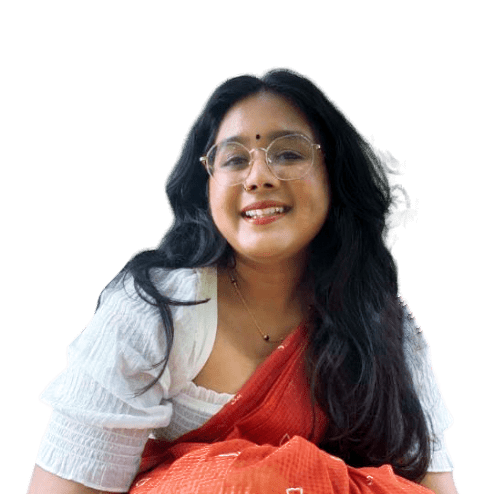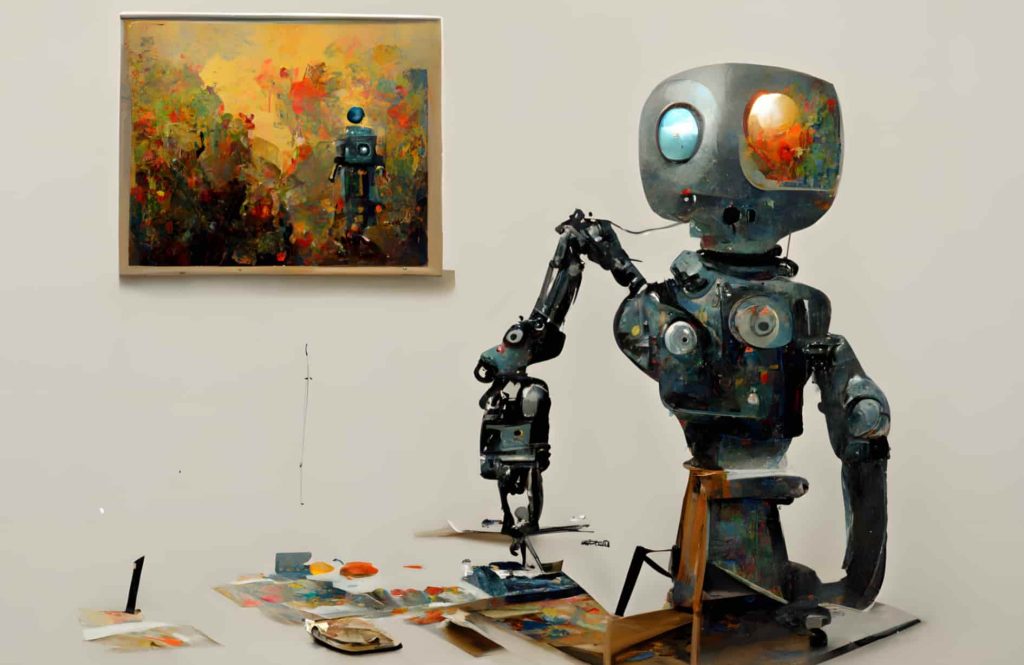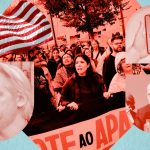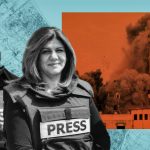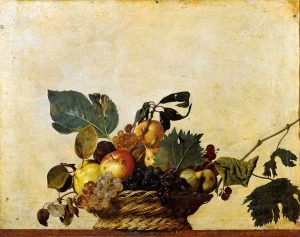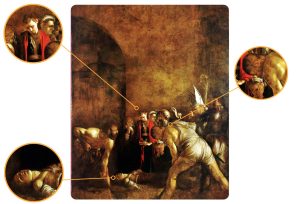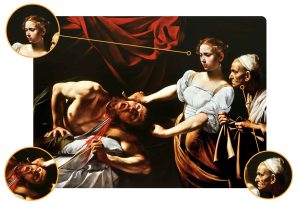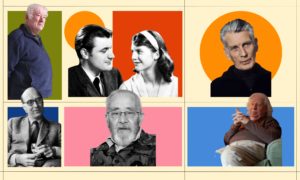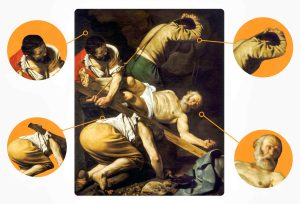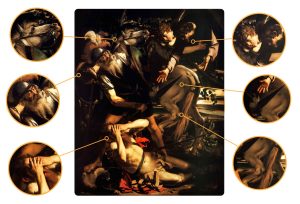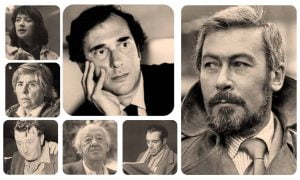Can AI art really be considered true art? The debate is heating up as many see this new technology as a mere copycat, while others argue that it has the potential to elevate human creativity to new heights.
As you scrolled through Instagram recently, did you stumble across pieces of digital artwork that looked like it was custom-made for the user? The chances are, it was generated by an AI using a trendy new app.
Lensa is just one of many apps that have recently gained popularity, allowing users to generate portraits, illustrations and other types of artwork at the click of a button. But while these AI-powered tools can produce impressive results, they have also sparked a debate about the implications of using AI to create art.
How does it work?
AI art is generated using algorithms and machine learning techniques that are designed to perform different tasks.
One example of this is Artificial Neural Networks (ANNs), which are algorithms that are modelled after the structure and function of the human brain. ANNs are trained to recognise patterns in data, making them useful for tasks such as speech and image recognition.
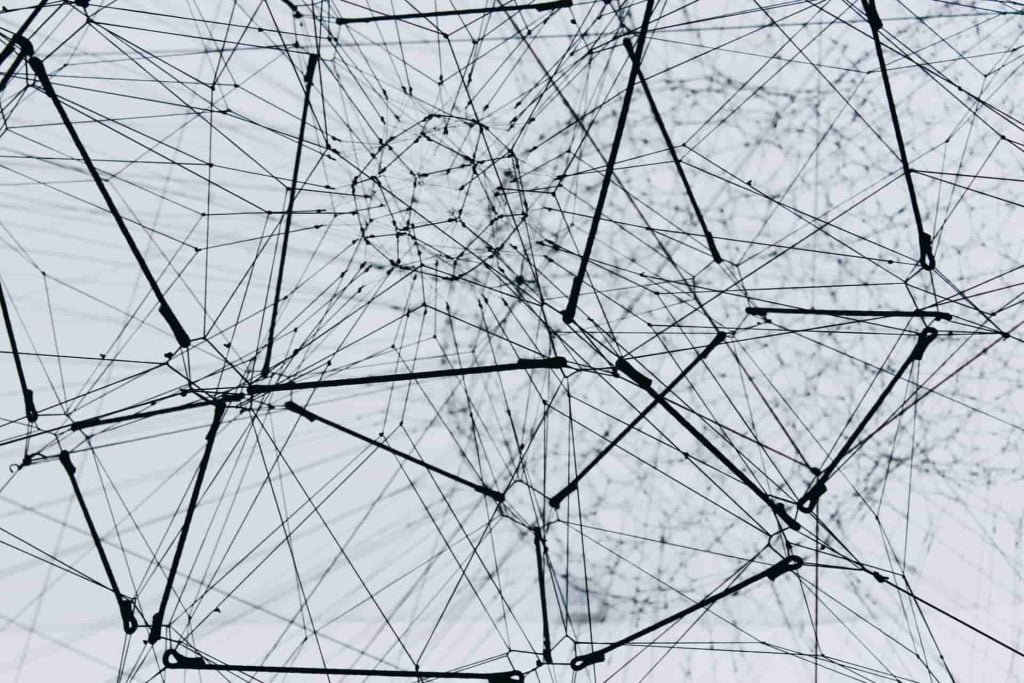
Another type of neural network is Generative Adversarial Networks GANs, which are composed of two networks: a generator and a discriminator. Convolutional Neural Networks (GANs) are primarily used for generating synthetic data, such as images or text, by training the generator to produce output that is indistinguishable from real data. The discriminator then evaluates the generated output to determine its authenticity.
Convolutional Neural Networks (ConvNets), on the other hand, are specialised neural networks designed specifically for image recognition tasks. They are trained using large datasets of images and their corresponding labels. ConvNets are capable of detecting and recognising patterns within images, making them useful for tasks such as facial recognition and object detection.
These technologies have been used to create tools like text-to-image generators and DeepDream, which can generate images based on a text prompt or recognise various visual elements in images.
There are various companies that offer AI art tools and services, some of which charge a fee for access to their datasets or for the use of their AI tools.
There are also open-source options available, such as Stable Diffusion, which uses publicly available datasets like LAION to train its AI. It is not entirely clear to what extent AI photo creation models rely on various sources for their input.
While some sources, like publicly available images and licensed content, are known to be used, there are also large databases like Common Crawl that gather data from the internet and make it available to the public for free. Some organisations, like OpenAI, initially used these free resources, but these now charge a fee for access to a set of images. In addition, companies like Lensa and Avatar AI have started charging users for access to data sets that were originally obtained through scraping.
Is it really art?
Before discussing some potential copyright concerns, let us address the elephant in the room. Is AI art really art?
The debate over whether AI art should be considered ‘real art’ is a polarising one. Some argue that AI art lacks the emotions that fuel art, as it is simply compelled by commands rather than an emotional need to express itself. Others point out that AI art is not ‘original’, as it uses pre-existing images and merges them with algorithms to illustrate a requested prompt. When machines are used to create art, determining the rightful creator—whether it is the machine or its human operator—becomes a complex issue, raising questions about copyright infringement and possible legal action by the original artists.
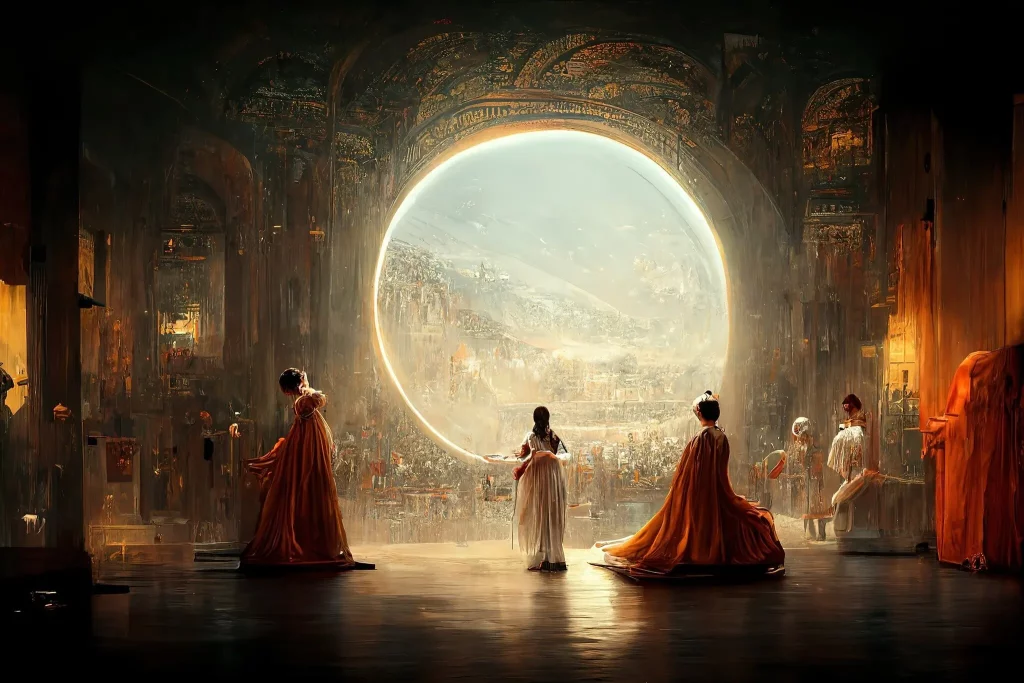
On the other hand, proponents of AI art argue that it should be considered ‘real art’ due to its ability to develop artistic skills like humans do. Algorithms must collect data and learn from it to create art that accurately represents a prompt, and they can continue to elevate their work through trial and error.
Moreover, AI art can still inspire viewers just like human-made art can. While it may not be as emotive or original as human-made art, AI art can still be considered a form of craftsmanship and artistic achievement. It is also important to note that, at the end of the day, AI-art generators were created and are currently utilised by humans.
Proponents also argue that the incorporation of AI into the art industry can also bring new opportunities. For example, AI art can serve as a new medium for human artists to express their creativity. Artists could use AI to generate images and then manipulate them to create something unique and original. In this way, AI art can serve as a new medium for artists to explore and express their creativity.
Some artists, such as video collage artist Erik Winkowski, have started using AI art generators as a tool to create new works of art. In his short film Leaving Home, Winkowski drew certain frames and used the open-source AI tool Stable Diffusion to generate the frames in between.
He describes the experience as “having a superpower as an artist” and believes that AI will allow artists to take on more ambitious projects in the future.
Copyright concerns
One of the main concerns regarding AI art is that AI algorithms are trained on datasets of images scraped from the internet. These datasets may include copyrighted or watermarked images, which means that the original artists may not have given their permission for their work to be used. As such, many artists do not receive any compensation for their work.
“We could say that, ethically, it’s stealing”, said Greg Rutkowski, a fantasy artist based in Poland, in an interview with As It Happens host Nil Köksal.
Curious to investigate this, I decided to give avatar generating app Lensa a shot, all for the pocket-friendly price of $8 Canadian. I tossed in a handful of my best selfies and sat back, anticipating a whole new batch of avatars, each showcasing a different artistic style.
The results were truly impressive, but they came with a big caveat.
Have a close look at the images generated using the app, and you will notice what appears to be blurred out signatures underneath them, suggesting that the art is likely composed of the work of multiple artists without proper compensation or credit.
The San Francisco based artist Karla Ortiz points out that these avatars are the product of real labour by millions of uncompensated artists: “I think they need to understand that those images look really good because artists’ work was stolen to make it good”.
In response to these concerns, many artists have spoken out about the dangers of AI-generated art and have advocated for change. Some have called for the creation of ethical guidelines to govern the use of AI in the art world, while others have raised awareness about the issue on social media, with hashtags such as #StopAIArt trending across TikTok.
I’m cropping these for privacy reasons/because I’m not trying to call out any one individual. These are all Lensa portraits where the mangled remains of an artist’s signature is still visible. That’s the remains of the signature of one of the multiple artists it stole from.
— Lauryn Ipsum (@LaurynIpsum) December 6, 2022
A 🧵 https://t.co/0lS4WHmQfW pic.twitter.com/7GfDXZ22s1
The future of AI art
The future of AI-generated art remains uncertain, but one thing is clear: AI-generated art is here to stay, and it will continue to be a topic of debate and discussion for the foreseeable future.
As the technology continues to improve, it is likely that we will see even more realistic and sophisticated AI-generated art in the future.
This raises the question of what role AI will play in the art world and how it will coexist with human-made art. New rules and regulations may be needed in order to address the issues that are arising.
Some changes can already be seen in the art community. For example, Deviant Art faced backlash when it initially announced plans to add its own AI text-to-image generation tool DreamUp to its website, which would have automatically made all of its users’ artwork available to train the AI. As a result, the company changed its policy and now requires users to actively opt in to have their work included in the training.
Stock image marketplace Shutterstock has announced plans to integrate DALLE’s text-to-image generator and compensate creators whose work was used in the training process.
It is important for both the art community and society at large to address the issues surrounding AI-generated art and to consider both the positive and negative impacts it could have on human artists.
While AI can be a powerful tool for creating art, it’s crucial that we ensure that it is used ethically and that the rights of human artists are respected.


